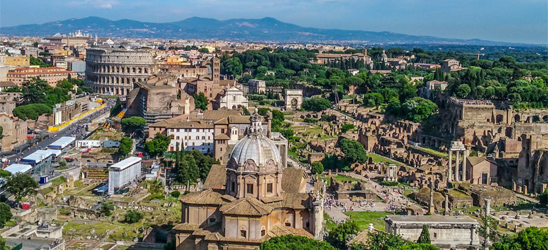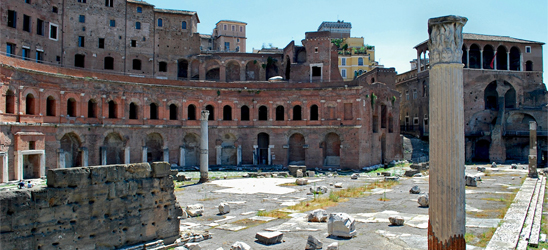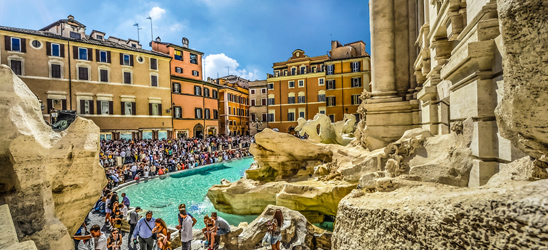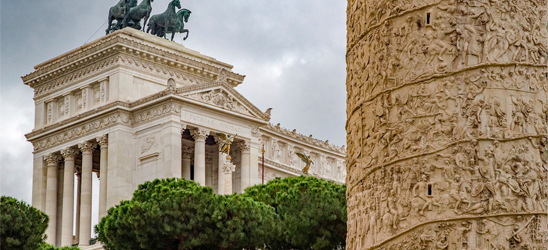Nero's Domus Aurea, Guided Tour in English
An extraordinary experience to explore the sumptuous home built at the behest of Emperor Nero a short way from the Colosseum! This special guided tour is the only way to visit what remains of the Domus Aurea and learn about its history led by an official guide.
about 75 minutes
The ticket includes booking to skip the line at the entrance.
The route is partially wheelchair accessible. Not suggested for visitors with motor disabilities.
Weekend.
Multiple tour start times are available at the visitor's choice.
We recommend wearing comfortable shoes and windbreakers. Underground path with high humidity and rough terrain.
Accepted
What is included
- One admission to the Domus Aurea
- Guided tour
- Helmet
- 3D viewer for multimedia visits (about 20 minutes)
- Paper digital guide of the archaelogical site in English and map
What is not included
- Admission to other sites
The tour's start time and other useful information which will be printed on the confirmation voucher.
As there is high demand and limited ticket availability, the time and date of this reservation may be changed. Our staff will contact you if that should happen to suggest alternatives. We will use the contact details you provided when you booked.
PLEASE NOTE!!! There are very limited places for this tour. Sending an order and receiving a copy of your order by email is not a BOOKING CONFIRMATION; it is just a booking request. The booking will be confirmed only when you receive the VOUCHER. If the time and date are not available, we will contact you promptly to suggest alternatives or refund your payment if already made.
Prices
Price for this package includes entrance ticket with guided tour and a digital guide in pdf format of the archaelogical site with map.
European Citizens 18-24 years old.
Price for this package includes entrance ticket with guided tour and a digital guide in pdf format of the archaelogical site with map.
Children 0-17 years old.
Price for this package includes entrance ticket (0.00 euros), guided tour and a digital guide in pdf format of the archaelogical site with map.
Temporary exhibition extra charges are added automatically to the on line ticket price.
Italy Travels is not responsible for any partial closure of rooms, itinerary changes, cancellations or delays in entry due to force meajure, adverse weather, personnel strikes, or decisions made by the management of the museum or the Superintendency.
OFFICIAL TARIFFS OF THE TOUR TICKET
Adult - 23,00 euros (from Monday to Thursday 18,00 euros)
Reduced - 19,00 euros (from Monday to Thursday 14,00 euros)
Under 5 years old: 0,00 euros
When you can visit Nero's Domus Aurea
Friday, Saturday and Sunday. Multiple tour start times are available at the visitor's choice.
- 10:00 AM
- 11:45 AM
- 03:45 PM
Where is located the Nero's Domus Aurea
Meeting point with the guide: Viale della Domus Aurea, 20 minutes before the tour starting time written on your voucher.




 EN
EN  ES
ES  DE
DE  FR
FR  IT
IT 







